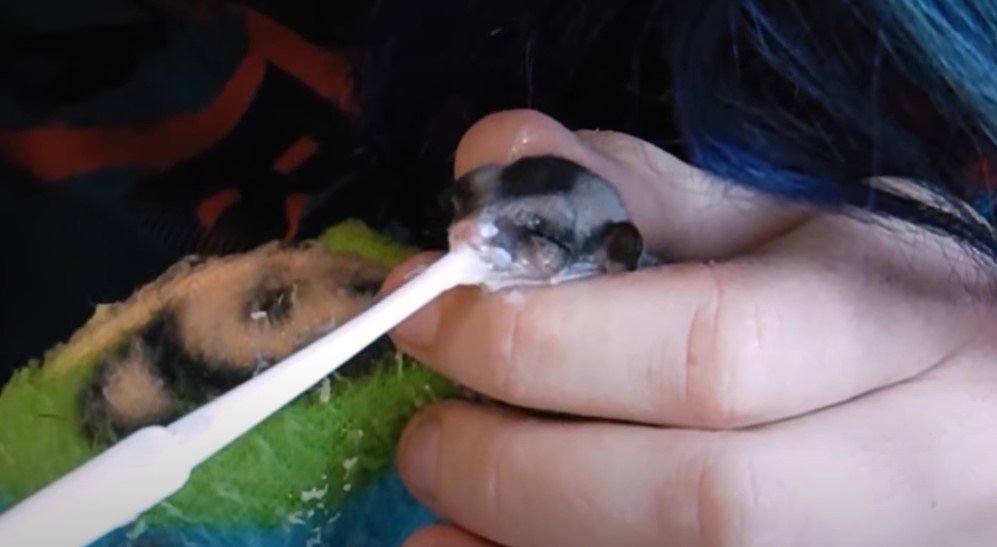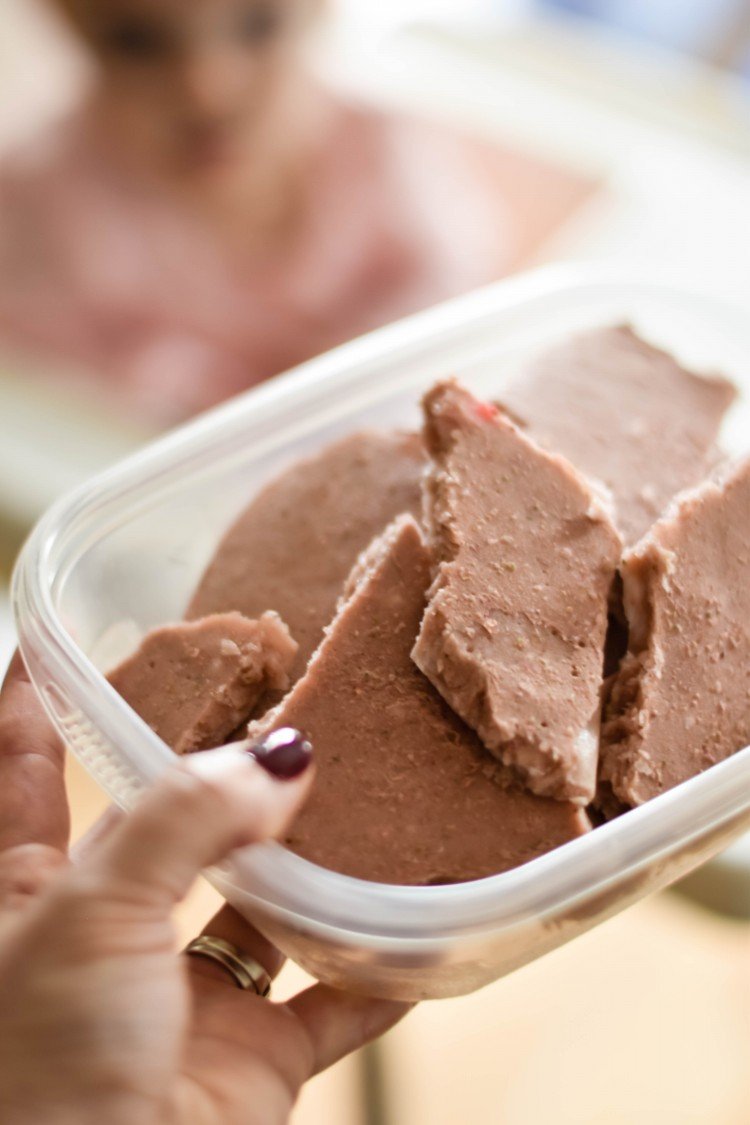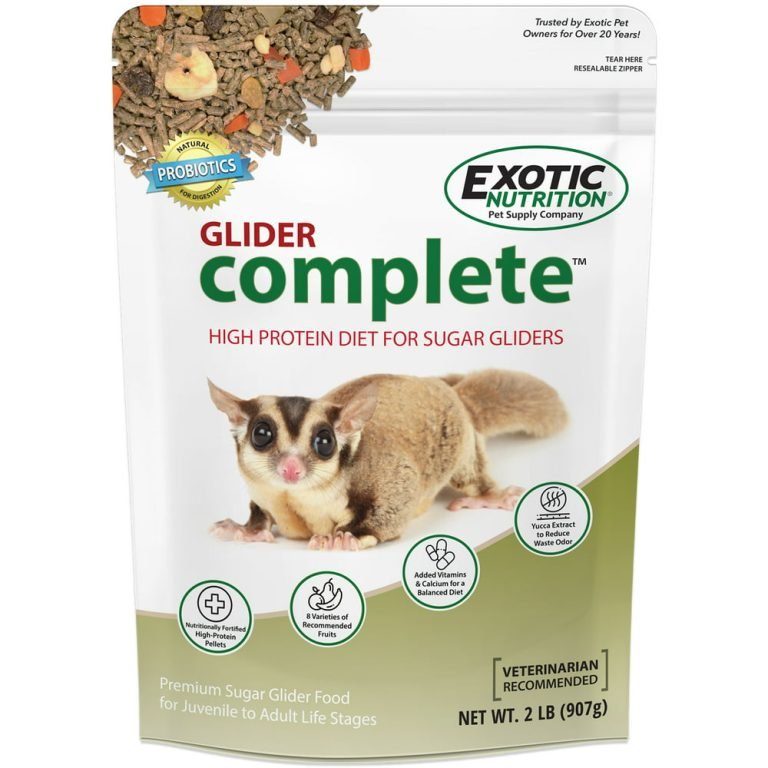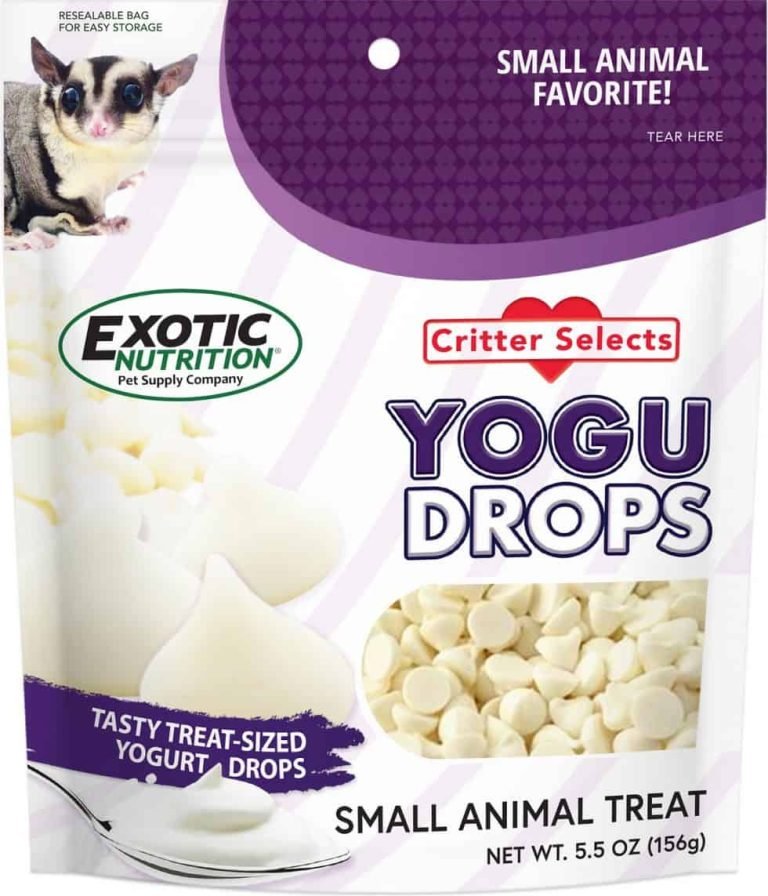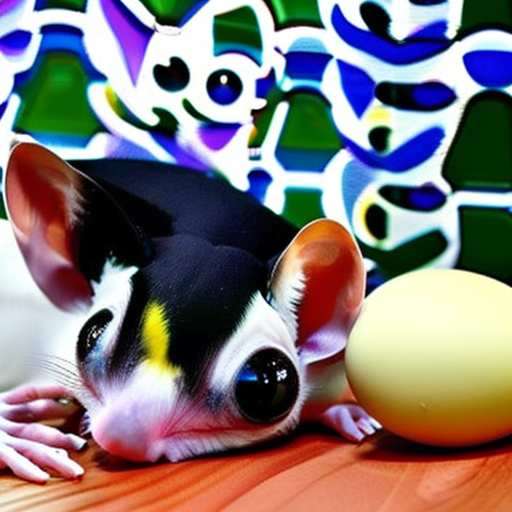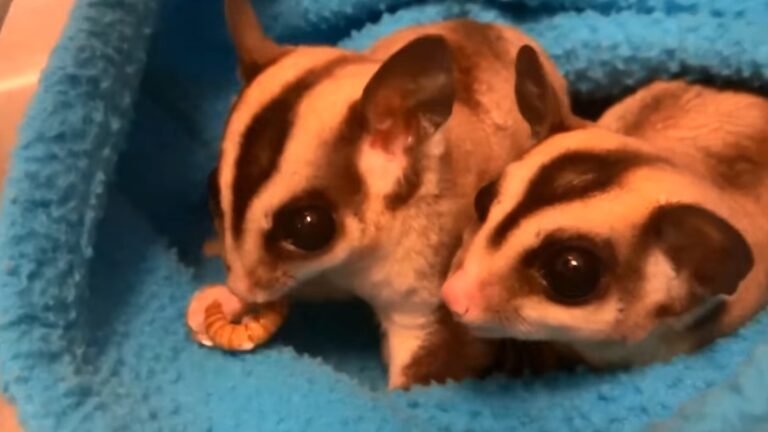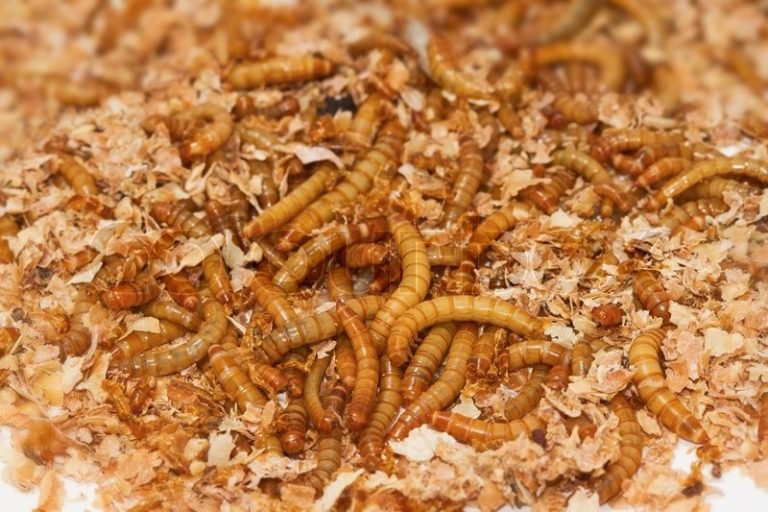Baby Sugar Glider How To Feed
Feeding a baby sugar glider can be a tricky task for new owners. These adorable creatures have specific dietary needs that must be met in order to ensure their health and well-being. But don’t worry, we’re here to help! In this article, we’ll guide you through the process of feeding a baby sugar glider, from what to feed them to how often to feed them. So let’s dive in and learn all about baby sugar glider feeding!
What do baby sugar gliders eat?
When it comes to feeding baby sugar gliders, their diet mainly consists of a few key components:
1. Mother’s milk: Like all mammals, baby sugar gliders rely on their mother’s milk for the first few months of their lives. The mother sugar glider produces a special milk that is rich in nutrients and essential for the baby’s growth and development.
2. Supplemental foods: As baby sugar gliders start to wean off their mother’s milk, they need additional foods to meet their nutritional requirements. This includes a combination of fresh fruits, vegetables, protein sources, and specially-formulated sugar glider pellets.
How often should you feed a baby sugar glider?

The feeding frequency for baby sugar gliders depends on their age. Here’s a general guideline:
– Newborn to 6 weeks old: At this stage, the baby sugar gliders solely rely on their mother’s milk. They should be nursing every 2-3 hours.
– 6 to 12 weeks old: Once they start weaning, you can introduce supplemental foods alongside their mother’s milk. Feed them small portions of fruits, vegetables, and protein sources twice a day.
– 12 weeks and older: By this time, the baby sugar gliders should be fully weaned. You can now feed them a mixture of fruits, vegetables, protein sources, and sugar glider pellets once a day.
What fruits and vegetables are safe for baby sugar gliders?
When it comes to choosing fruits and vegetables for your baby sugar glider, it’s important to offer a variety of options. Some safe choices include:
– Apples (remove seeds)
– Bananas
– Grapes (seedless)
– Blueberries
– Leafy greens (spinach, kale, collard greens)
– Carrots
– Sweet potatoes
It’s crucial to wash all fruits and vegetables thoroughly before feeding them to your baby sugar glider. Additionally, avoid offering any foods that are toxic to sugar gliders, such as avocados, onions, and garlic.
What protein sources should you feed a baby sugar glider?
Protein is an essential part of a sugar glider’s diet, especially for growing babies. Here are some protein sources you can offer to your baby sugar glider:
– Cooked chicken (boneless and skinless)
– Boiled eggs (remove the shell)
– Mealworms
– Crickets
– Small pieces of lean cooked meat
Remember to offer these protein sources in small, bite-sized pieces to make it easier for the baby sugar glider to eat.
What are sugar glider pellets, and should you feed them to baby sugar gliders?
Sugar glider pellets are commercially available food specifically formulated for sugar gliders. They contain a balance of essential nutrients and vitamins. While pellets can be a convenient option for adult sugar gliders, they should be fed in moderation to baby sugar gliders. It’s important to focus on the natural diet of fresh fruits, vegetables, and protein sources, and use sugar glider pellets as a supplemental food only.
Do baby sugar gliders need any additional supplements?
In addition to their regular diet, baby sugar gliders may benefit from certain supplements. Two common supplements for sugar gliders are calcium and multivitamin powder. These supplements help ensure that your baby sugar glider is getting all the necessary nutrients for healthy growth. It’s recommended to consult with a veterinarian experienced in exotic pets to determine the appropriate dosage and frequency of supplementation for your baby sugar glider.
Frequently Asked Questions
Q: Can I feed my baby sugar glider cow’s milk if the mother is not available?
A: No, you should not feed baby sugar gliders cow’s milk as a substitute for their mother’s milk. Cow’s milk does not provide the necessary nutrients for sugar gliders, and it can cause digestive issues. If the mother is not available, it’s best to consult with a veterinarian to find an appropriate milk replacement formula.
Q: How can I tell if my baby sugar glider is getting enough to eat?
A: One way to monitor your baby sugar glider’s food intake is to weigh them regularly. Babies should be gaining weight steadily. Additionally, pay attention to their activity level, energy levels, and overall appearance. If you notice any significant changes or abnormalities, it’s best to consult with a veterinarian.
Q: Can I feed my baby sugar glider treats?
A: While treats can be given in moderation, it’s important not to overdo it. Treats should never replace the main diet of fresh fruits, vegetables, protein sources, and sugar glider pellets. When offering treats, choose options that are safe for sugar gliders and avoid sugary or salty snacks.
Final Thoughts
Feeding a baby sugar glider requires careful consideration of their nutritional needs. Remember to provide a balanced diet consisting of their mother’s milk, supplemental foods, and a variety of fruits, vegetables, and protein sources. While sugar glider pellets can be included in their diet, they should not be the sole focus. Don’t forget to consult with a veterinarian experienced in sugar glider care to ensure you’re meeting all the dietary requirements for your baby sugar glider. With the right diet and care, your little sugar glider will thrive and grow into a healthy adult!

